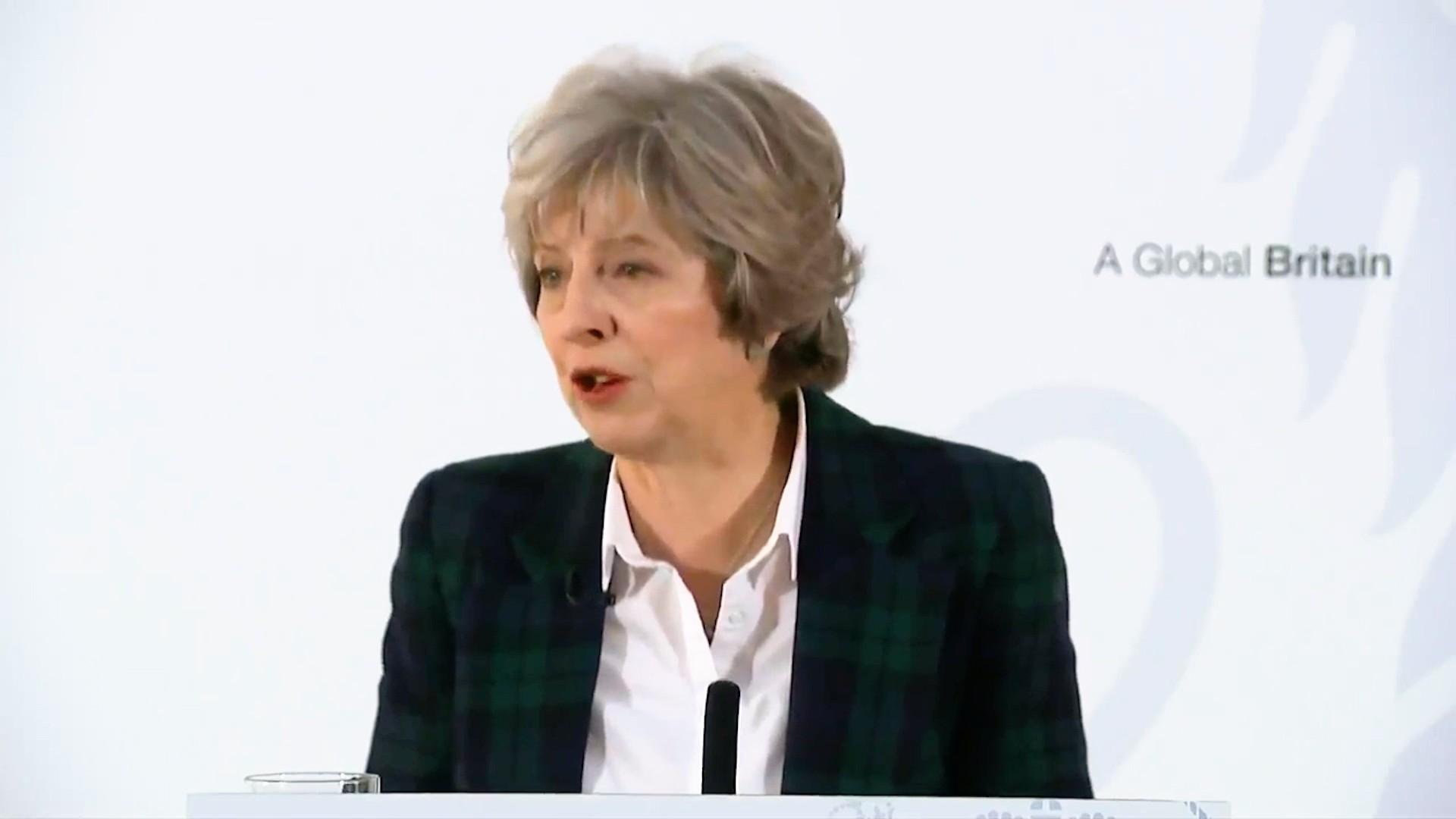Reuters
Prime Minister Theresa May finally agreed to a draft deal with Brussels late Tuesday on the terms of Britain’s exit from the European Union — more than two years after the divisive referendum.That was probably the easy part. Now she has to convince her divided Cabinet to back it.May will convene an emergency Cabinet meeting at 2 p.m. (9 a.m. ET) Wednesday, where she will attempt to win support from senior ministers. However, some in her government are so opposed to the deal they say they will resign over it. If enough quit, May’s time in Downing Street will be up.There is also a ticking clock. The PM is hustling to get the deal approved by Parliament — where her government doesn’t command a majority — before Britain officially leaves the bloc on March 29, 2019. If Britain does not agree to a deal before that date, it will crash out of the EU with potentially catastrophic economic consequences.Britain remains as bitterly divided on Brexit as it was during the June 2016 referendum, so the embattled May faces the almost impossible task of corralling various factions.Hardline Brexiters (those bent on leaving Europe whatever the cost) have already complained that the draft deal does not give them enough, while some Remainers (those opposed to leaving the EU) have also called on the Cabinet to reject it.READ: There’s still no Brexit deal and May is hanging by a threadThe Northern Irish Democratic Unionist Party, which props up May’s minority government, have warned that the agreement has the potential to breakup the United Kingdom, and a vocal group, including members of her own party, are holding out hope for a second referendum to potentially scupper Brexit altogether.The fine details of the 500-page draft are yet to be published, but May’s approach has been to push for a solution in which Britain leaves the EU while preserving close ties.Leaks suggest the British negotiating team has agreed to a solution on the pressing issue of the Irish border that is likely to anger hardline Brexiters.The status of the land border separating the Republic of Ireland, which is part of the EU, from Northern Ireland, which is part of the United Kingdom and will be leaving the bloc, has been one of the most contentious aspects of the deal. There are fears that imposing a “hard border,” with physical checks for goods and services between Britain and the EU, could have an impact on the Irish peace process.May’s team is understood to have agreed to a UK-wide customs backstop — a last resort position to ensure there is no physical border on the island — but that this backstop will only be temporary. Nevertheless for hardliners, concerned that this will tie part of the UK to the EU's customs union and trade rules for years, this is unacceptable.Absolutely not. Former Foreign Secretary Boris Johnson, a leading advocate for Brexit with ambitions to replace May, has slammed the draft deal, saying the backstop arrangement was “utterly unacceptable to anyone who believes in democracy.”Another leading Brexiter, Jacob Rees-Mogg, said he was considering calling on May to quit over the deal, saying it would reduce Britain to the status of a “vassal state.”The DUP is also unhappy. “This deal has the potential to lead to the breakup of the United Kingdom and that is not something we can support,” said lawmaker Jeffrey Donaldson.Meanwhile some pro-EU figures within May’s own party are still pushing for a second EU referendum to be held. “Even if some people in my party can't see this is a bad deal, everyone else around this entire planet can,” said Conservative MP Justine Greening. Cover image: Britain's Prime Minister, Theresa May, leaves 10 Downing Street, in London, Britain November 14, 2018.REUTERS/Henry Nicholls
Cover image: Britain's Prime Minister, Theresa May, leaves 10 Downing Street, in London, Britain November 14, 2018.REUTERS/Henry Nicholls
The big problem:
Advertisement
Making things even harder…
What does the deal actually say?
The Irish "hard border."
Advertisement
Are politicians rallying around May?
